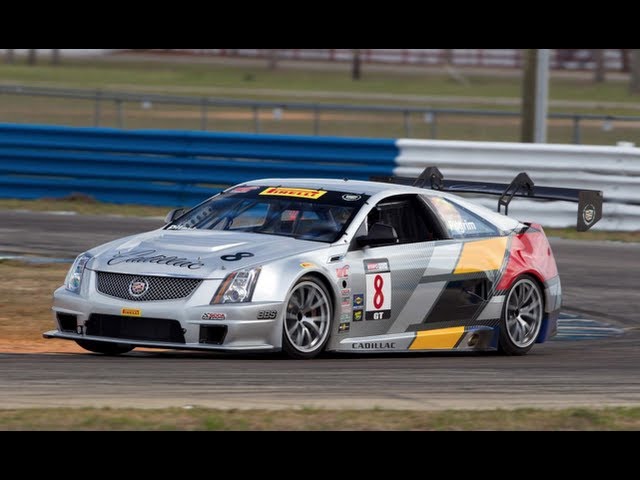Cadillac’s entry into Formula One has transformed into one of the sport’s most ambitious modern-day engineering projects, with the all-American outfit racing against the clock to be ready for the 2026 season opener in Melbourne. Approved as F1’s newest works team only a year ago, the project has surged forward at remarkable speed, prompting team principal Graeme Lowdon to compare the effort to NASA’s Apollo programme—fast-moving, multi-layered and unrelenting.
With just over 100 days before the cars roll out in Australia, Cadillac’s progress has been immense but far from complete. The challenge of building a competitive team from the ground up has demanded a level of intensity that few in the paddock have experienced. Chief technical officer Nick Chester, who joined the programme in early 2023, has overseen its evolution and admits the journey has been exhilarating and daunting in equal measure.
Chester, whose background includes title-winning seasons at Renault and later senior roles in Formula E, describes the Cadillac project as unlike anything else. Starting with a clean slate has enabled the team to craft its own culture rather than inherit old structures. A major part of that shift is the adoption of a flat management model inspired by NASA’s Apollo missions, allowing engineers and specialists to make rapid decisions without the constraints of traditional hierarchies.
To bring competitive experience, Cadillac moved aggressively in the driver market, securing Sergio Pérez and Valtteri Bottas—two veterans with years of top-team pedigree. Both drivers acknowledge the scale of the challenge but believe the team’s vision and backing from General Motors can accelerate their competitiveness. The team expects a steep learning curve but is determined not to languish at the back of the grid.
Cadillac’s rapidly growing workforce has surpassed 400 members, with a target of reaching 600 soon. The operation is spread across multiple sites: a base in Silverstone, a new headquarters in Indianapolis, an engine development centre in Charlotte, and aerodynamic work in Toyota’s wind tunnel in Cologne. The team will run Ferrari power units until GM’s in-house F1 engine is ready in 2029.
A third American driver could soon emerge through the ranks, with Colton Herta serving as test driver and preparing for a season in Formula 2. Success for Cadillac—especially with a future US driver—could significantly boost F1’s booming American audience.

